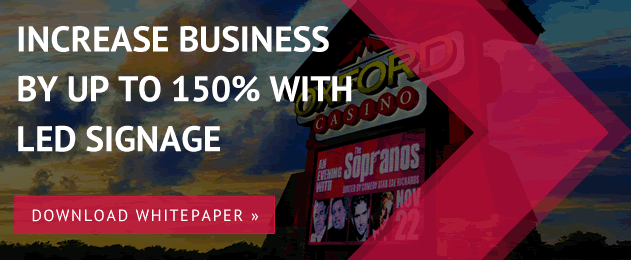
As LED display technology continues to evolve, businesses and organizations face a variety of choices when selecting the right LED screen for their needs. Among these decisions, understanding the differences between DIP, SMD, and COB LED technologies is crucial to achieving the best performance, durability, and visual appeal. Let’s break down these three technologies to help you make an informed decision.
DIP (Dual In-Line Package) LEDs
DIP LEDs are the traditional choice for outdoor LED displays. Each pixel consists of three separate LEDs—red, green, and blue—encased in a hard epoxy. The benefits of DIP LEDs include:
- High Brightness: Known for their exceptional brightness levels, DIP LEDs are ideal for outdoor environments where sunlight can affect visibility.
- Durability: These LEDs are rugged, making them resistant to harsh weather conditions and suitable for long-term outdoor use.
- Cost Efficiency: While older than other technologies, their reliability often makes them a cost-effective option for outdoor applications.
However, DIP LEDs have limitations, such as bulkier designs and lower resolution compared to modern alternatives.
SMD (Surface-Mounted Device) LEDs

SMD LEDs are a more recent innovation and are widely used in both indoor and outdoor LED screens. In this technology, the red, green, and blue diodes are mounted together on a single chip. Key advantages include:
- Higher Resolution: SMD LEDs enable smaller pixel pitches, resulting in sharper and more detailed images, which are essential for close-viewing distances.
- Versatility: These LEDs work well for both indoor and outdoor displays, offering a wide range of applications.
-
Improved Viewing Angles: SMD technology provides a broader and more consistent viewing experience, ensuring images look great from various angles.
COB (Chip-on-Board) LEDs
COB technology is the latest advancement in LED displays. It involves mounting multiple LED chips directly onto a substrate, creating a seamless and compact light source. COB LEDs offer several standout features:
- Superior Durability: The integrated design protects LEDs from damage caused by dust, moisture, and physical impact, making them highly reliable.
- Enhanced Visual Quality: COB displays produce smooth, vibrant images with minimal gaps, offering excellent performance for high-definition applications.
- Energy Efficiency: These LEDs consume less power while delivering high brightness, making them an eco-friendly choice.
COB LEDs are generally more expensive due to their advanced technology, but their performance and reliability often justify the investment.

Which LED Technology Should You Choose?
When it comes to LED screen technology, choosing the right type—DIP, SMD, or COB—depends on the specific needs of the application. By understanding the unique features of DIP, SMD, and COB LEDs, you can select the ideal technology for your installation, ensuring your LED screen meets your performance, budget, and aesthetic goals.
- DIP is ideal for outdoor installations that require high brightness and durability.
- SMD offers a balance of brightness, energy efficiency, and compact design, making it versatile for both indoor and outdoor use.
- COB is the cutting-edge choice for high-resolution, seamless displays, especially in indoor environments where clarity and design are paramount.
With advancements in LED technology, there’s never been a better time to invest in a display that enhances your brand’s visibility and impact. Whether you’re upgrading an existing display or planning a new installation, the choice between DIP, SMD, and COB LEDs plays a critical role in the success of your project. Consider your environment, viewing distance, and long-term goals to make the best decision.
A lot of factors come into play when selecting the best LED Display for your application. Electro-Matic Visual offers a variety of pixel pitch options suitable for all types of viewing applications. Our pixel pitch offerings, each give a distinct level of image sharpness and detail that are optimized for projects of any scale. Our team of LED experts are dedicated to providing the best solution for your LED needs with the most cost effective and time effective approach possible.
Contact us today!



